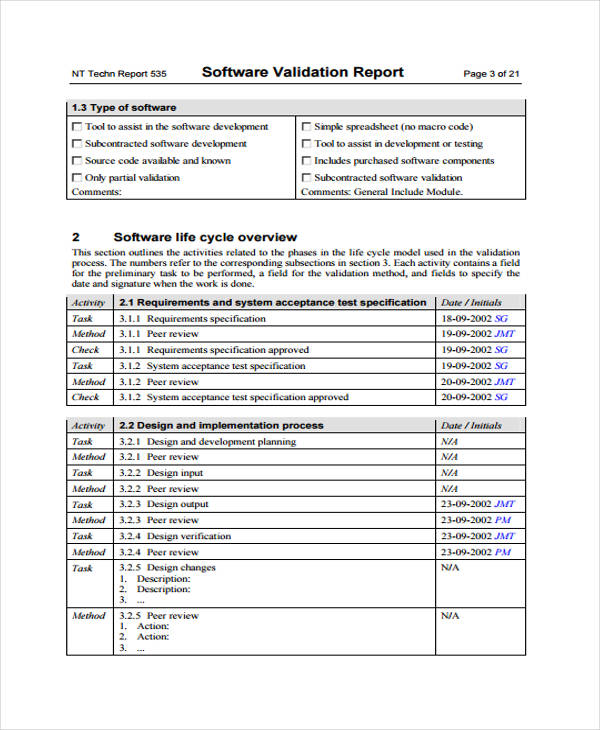
Include results for all dilutions, even if they are too numerous to count (TNTC) or 0. Photographs of gel electrophoresis data should include a number on each lane, and the legend (or the figure itself) should indicate the contents of each lane. If the photograph is of an object under the microscope, the total magnification should be indicated. For a graph, units are specified on the abscissa and ordinate. The reader should be able to understand the content without the text. All figures should be numbered and have a title and legend that contains all the information needed to interpret the data. Figures include graphs, photographs, drawings, diagrams, maps, and all other illustrations. Use bold type to make these obvious.įigures. Symbols such as #, *, ! and superscripts such as 1and 2 can be used to identify these footnotes. Any abbreviations, units, calculations, or statistics used should be described in headers or footnotes (see Table 1 for an example). Columns and rows should be labeled clearly. The title should be located at the top of the table. Number each table and provide a title and legend that contains all the information needed to interpret the data. In a lab report, even if you use a calculator, you must set up the problem. Example: ten mannitol salt agar plates were streaked…Ĭalculations. If a number starts a sentence spell out the number, do not use a numeral. Example: 17 bacteria, 2 yeast, and 1 protozoan. In a list of objects including both numbers over and under ten, all numbers may be expressed as numerals. Numbers should be written as numerals when they are greater than ten or when they are associated with measurements for example, 8 mm or 20 g. Use the prefixes m, m, n, and p for 10 -3, 10 -6, 10 -9, and 10 -12, respectively. Abbreviations of units are used without a following period. Any time a number is presented, it must have units.

Report measurements using standard metric units. Results: All data and observations should be included in the lab book however, what you think should have happened or the methods section are not included. If modifications have been made to the methods in the lab manual, these need to be clearly described. Normally the procedure can be listed and referenced to the appropriate laboratory manual pages. Methods: Most lab reports do not include all the details a journal article requires. You should know the purpose of the experiment before you start. The purpose of the experiment should be stated in one or two sentences. Purpose: Most lab reports do not include a formal introduction and instead substitute a purpose. Title: The title should be concise and specific and tell the reader what you did (This has definitely been true of this document!) Many times you are too “close” to the material after the first writing to see obvious errors. It is best to write your first draft and then let it sit for a few days before you read it the next time. No matter how good a writer is, most reports require some revision. When writing a thesis, article for publication, or a report to turn into your supervisor, your first draft will be reviewed by your mentor and/or co-workers and then undergo revision. Normally a lab report should be typed, spell checked and proofread before being submitted. Some labs will require you to attach these data pages to your report.

Most laboratory courses will require that data be immediately written into a lab notebook in pen.

Some lab reports may include a section of questions that must be answered concerning the experiment. The sections required vary from laboratory to laboratory but the standard outline for most lab reports in the biological science include: title, your name, purpose of the experiment, methods, results, discussion and conclusion, references. The exact format required depends upon the type of written communication and often will vary from source to source.Ī lab report differs from a paper in that it has defined sections. Scientific writing can be in the form of a laboratory report, a thesis, a journal article, or some other written communication used to disseminate the results of scientific research.


 0 kommentar(er)
0 kommentar(er)
